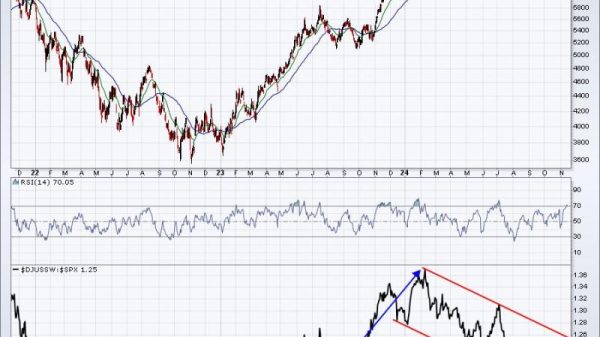As we delve deeper into the intricate dynamics that shaped oil and gas price patterns in the third quarter (Q3) of 2024, we aim to provide you a comprehensive insight into the key factors that impacted these often volatile markets.
1. Global Market Conditions and COVID-19 Recovery
With the world on a rebound from the COVID-19 economic downturn and with robust vaccination progress globally, demand for oil and gas witnessed significant uplift in Q3 of 2024. It is essential to remember that in the oil and gas industry, the balance between supply and demand directly impacts prices, and the surge in demand was a major driver this quarter.
2. Supply Chain Dynamics
Supply also played an important role in determining oil and gas prices in Q3. As OPEC+ consistently kept to its decision to gradually increase oil production, this contributed to the stabilization of prices. In contrast, geopolitical tensions in some oil-rich countries caused intermittent disruptions, hinting at price escalations. However, noteworthy advancements in bio-energy production created a fallback for these unforeseen disruptions, maintaining price stability.
3. Environmental Regulations and Policies
The implementation of stricter environmental regulations and policies by several governments also significantly influenced Q3 prices. With major economies announcing more ambitious carbon-neutral targets, the push for renewable energy became more intense than ever. As a result, there was a marked increase in natural gas demands for electricity generation, sparking a rise in prices.
4. Shale Gas Production
In the United States, shale gas production performed remarkably well in Q3 2024, ensuring the nation’s energy stability and contributing to the consistency in domestic oil and gas prices. This renewed shale boom is attributed to technological advancements that made shale extraction more economically viable.
5. 2024 Hurricane Season
The 2024 hurricane season had an unprecedented influence on the oil and gas market. The Gulf of Mexico, a major oil and gas hub, experienced several major hurricanes causing temporary shutdowns of facilities. While these shutdowns were short-lived, they instigated fluctuation in oil and gas prices within the quarter.
6. Fluctuating Exchange Rates
Lastly, it is crucial to mention the effect of fluctuating foreign exchange rates on oil and gas prices in Q3. Since the trading of oil and gas is primarily in US dollars, any changes in the strength of the dollar can impact these prices. Throughout Q3, the dollar showed considerable strength against various foreign currencies, thereby influencing prices in different regional markets.
In
































